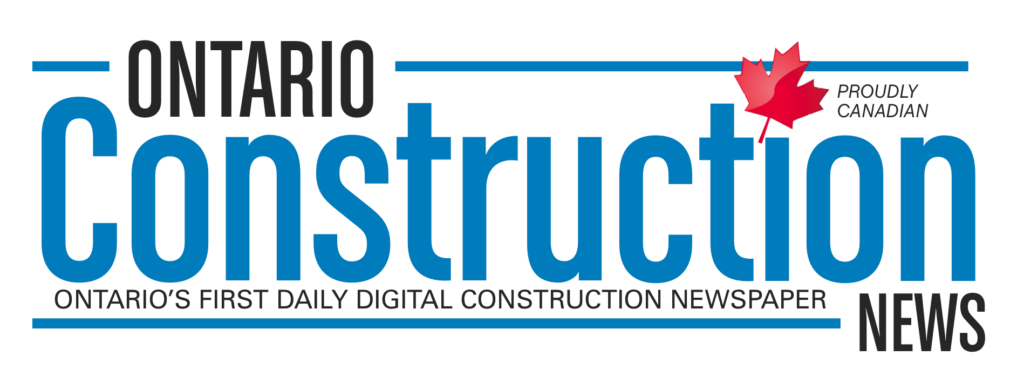By Janine Dyck
Special to Ontario Construction News
Beginning on Jan. 1, 2020, the Workplace Safety and Insurance Board (WSIB) will introduce a new way of setting premium rates for almost 300,000 businesses across Ontario.
Our new model will make it easier to understand how your business and other businesses are classified. It will also better reflect your individual claims experience and help businesses plan for the future by providing projected rate information.
In advance of implementation, businesses will receive their 2020 individual and class premium rates this September.
What’s changing in the new model?
First, we will streamline how businesses are classified.
By using the North American Industry Classification System (NAICS), which is already used by the Canada Revenue Agency and Statistics Canada, it will be easier for you to understand your classification. Using NAICS will allow us to move from 155 different rate groups to 34 classes/subclasses.
Second, we will make your premium rate easier to understand. We will set an average premium rate for each class based on its risk profile and share of responsibility to maintain the insurance fund.
Each NAICS class will then be broken down into a series of risk bands, and each risk band will have an associated premium rate. The difference between each risk band will be approximately five per cent.
Next, we will look at your specific claims history to create a risk profile that compares your risk to the rest of the businesses in your class. Businesses in the same class, with similar risk profiles will then be assigned to the same risk band and premium rate that reflects their individual risk profile.
Third, we will help you plan for any changes in your premium rate.
Businesses will no longer have to wait for rebates or surcharges, as the current retrospective approach to rate setting, including MAP, NEER and CAD7 experience rating programs will be eliminated. Additionally, our new model will introduce projected rates, providing your business with the future direction of your rates.
For experience rated businesses
If you were in an experience rating program previously, in 2020 you will receive your final NEER and CAD7 statements, as well as your final adjustments under these programs, which will include an assessment of the 2019 year. Businesses registered under the MAP program received their final statement in 2018, and will receive any final adjustments in 2019.
Moving to the new model
To help you smoothly transition into our new model, any initial projected rate increases will be staggered over time. Here’s how transition will work:
• In 2021, businesses with projected premium rate increases will move up a maximum of one risk band from their 2020 risk band.
• In 2022, businesses with projected increases that have not yet reached their projected premium rate will move up a maximum of two risk bands above their 2021 risk band.
• Any projected rate decreases have been applied to your 2020 rates. This will also happen in 2021 and 2022.
Starting in 2023, our premium rate setting policies under the new model will be fully in effect. Businesses with projected premium rate increases or decreases will see their rates move up or down a maximum of three risk bands each year until they reach their projected premium rate, protecting them from any sudden changes to their premium rates.
Non-exempt partners and executive officers in construction
Non-exempt partners and executive officers in construction who were previously classified under rate group 755, will continue to receive a separate premium rate that reflects the low risk of their work in comparison to the rest of the construction industry.
The 2020 premium rate they will pay is based on the 2019 rate group 755 rate and moving forward, will be based on the collective experience of all non-exempt partners and executive officers in construction.
Health and safety programs
You can start making a difference now to improve your safety experience by participating in our programs and using our resources for businesses that promote health and safety in the workplace.
In November, we will launch a new health and safety excellence program that will provide a clear roadmap for businesses to improve workplace safety. Success in our new program can lead to rebates and an improved health and safety record can help lower premium rates.
What’s next?
This fall, we will continue to engage businesses across Ontario to help you prepare for 2020 and learn more about our new model. For more information about our new premium rate-setting model, please visit our website wsib.ca/rateframework or contact us at rateframework@wsib.on.ca.
Janine Dyck is vice-president, employer account services, with the WSIB.

